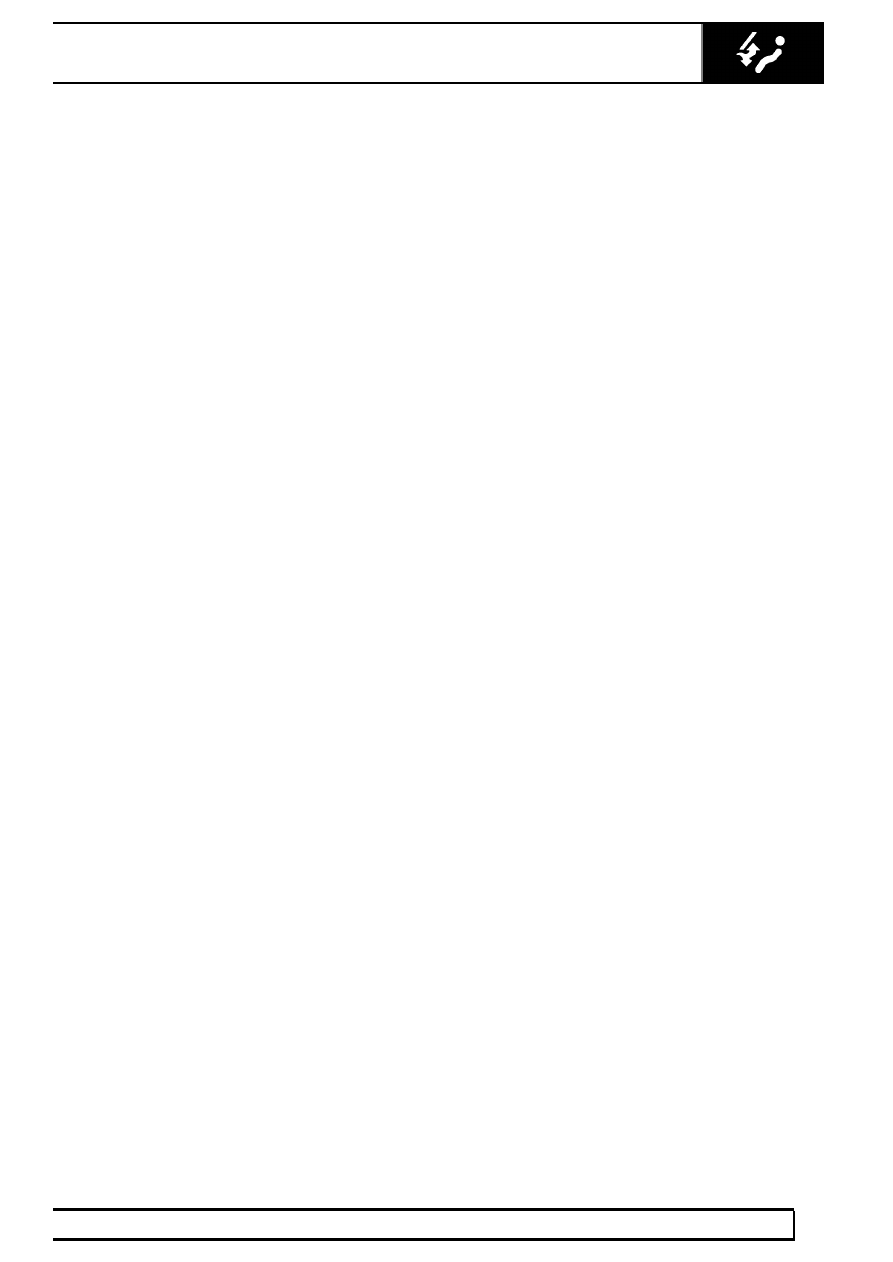Land Rover Discovery. Manual - part 189

AIR CONDITIONING
5
DESCRIPTION AND OPERATION
Condenser cooling fans
The condenser cooling fans operate automatically
whenever the air conditioning system is switched on.
Fan timer unit
The thermostatically controlled timer will continue to
operate the cooling fans after the air conditioning or
ignition is switched off. When the system temperature
is excessive, the fans will operate for 10 minutes to
reduce condenser and underbonnet temperature.
Blower control
The blower can be operated at any one of four speeds
by sliding the blower switch to the required position.
When the blower is switched off the air conditioning
system will not operate.
The fresh air/recirculation flaps can move between
two positions. One position covers the outside air
inlet, leaving open an inlet from the inside of the
vehicle clear, when recirculated air is required. In the
other position they will cover the inlet from the inside
of the vehicle leaving open the outside air inlet when
fresh air is required.
Heater distribution and blend unit control
Blower unit air flow, having passed through the
evaporator passes into the heater blend unit to be
heated, if required. It is then directed into the vehicle
interior in accordance with the flap positions
designated by the air distribution control. Heater flaps
control the amount of air flowing through the heater
matrix. These flaps are controlled individually by the
driver’s and passenger’s temperature controls.
When the temperature control is in the cold position, a
micro switch actuates a vacuum control to close the
coolant valve on the engine. As the temperature
control is moved away from cold, the coolant valve is
opened allowing heated engine coolant to flow
throught the heater matrix. The temperature of the
heated air flow into the vehicle interior is controlled by
the blend flaps.
The distribution control moves the flaps which control
the direction of the air flow into the interior of the
vehicle.